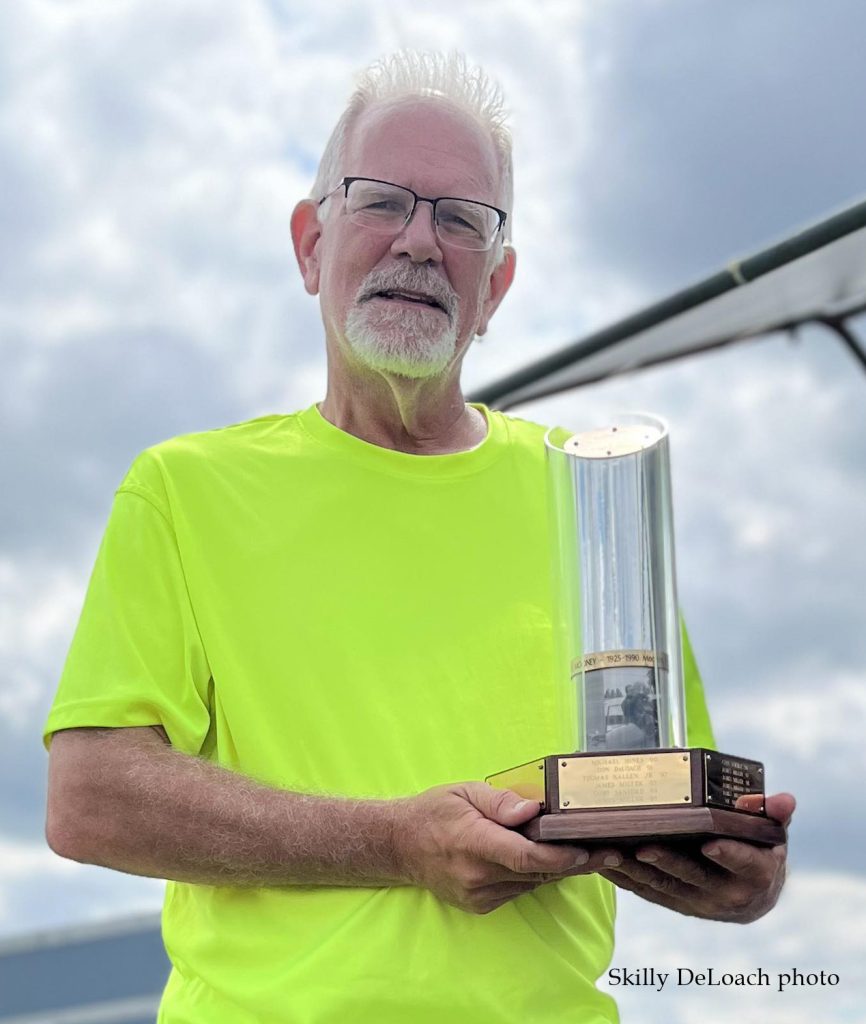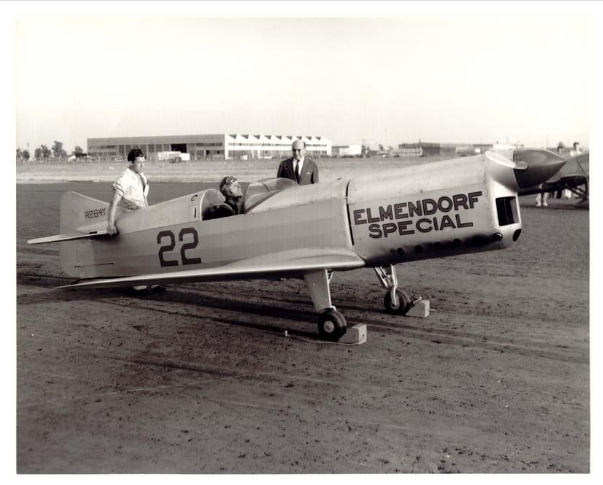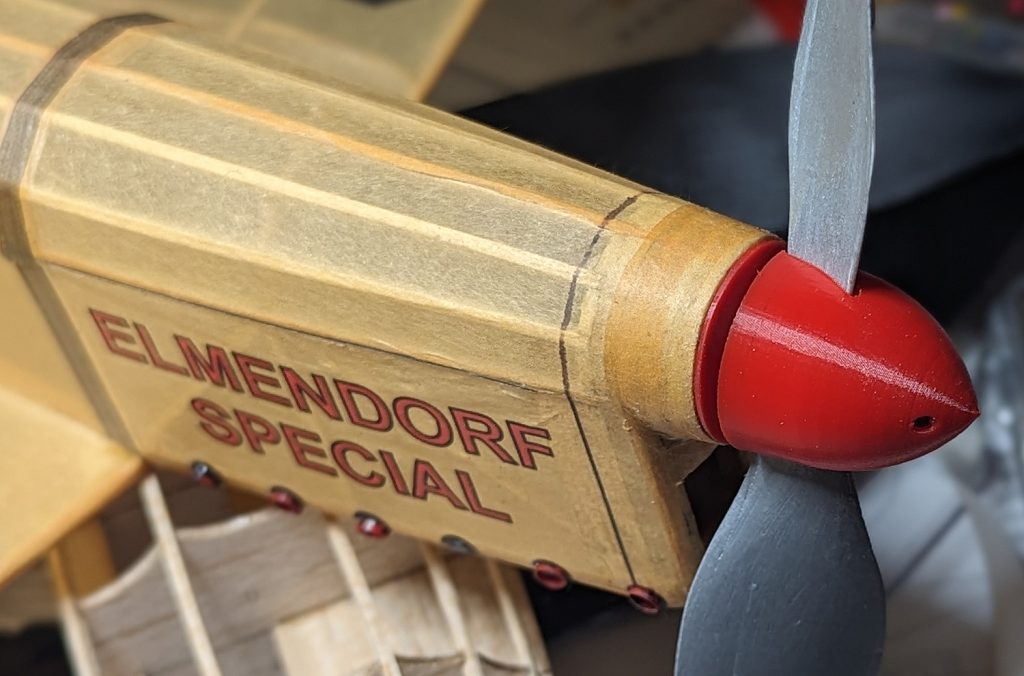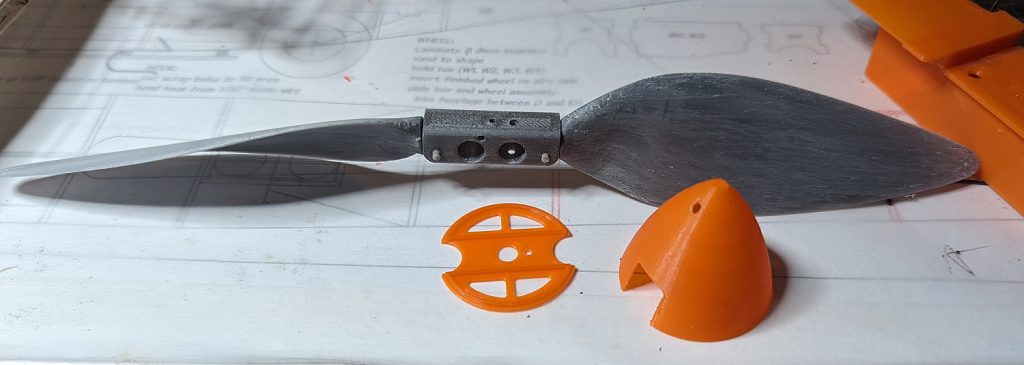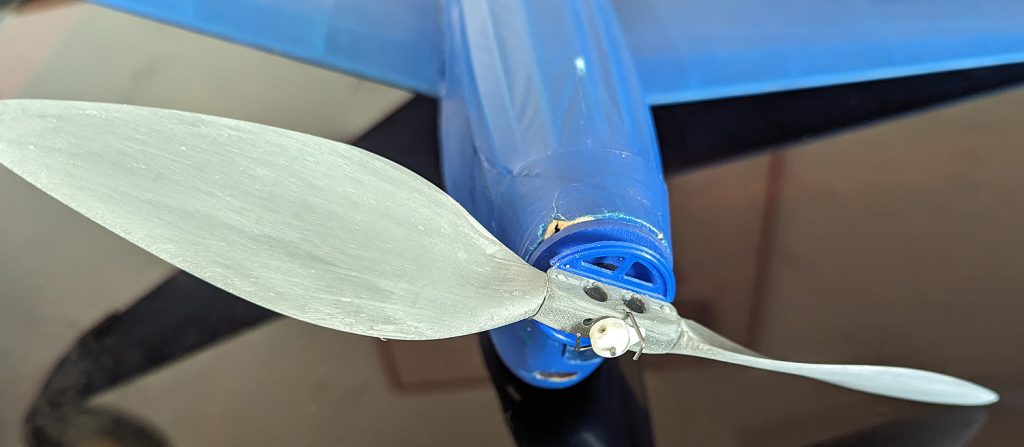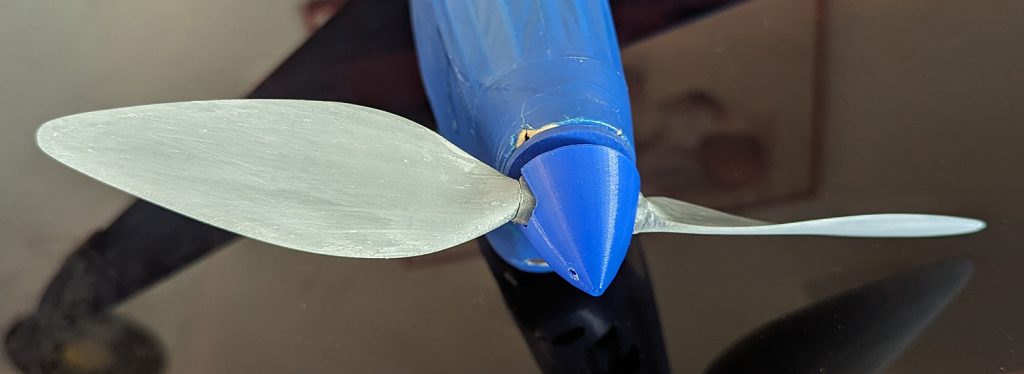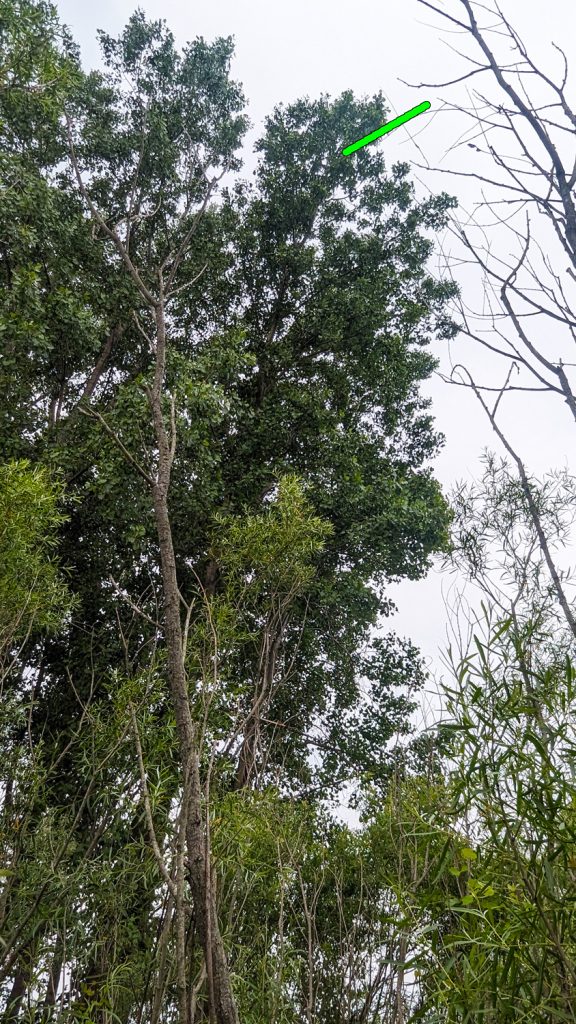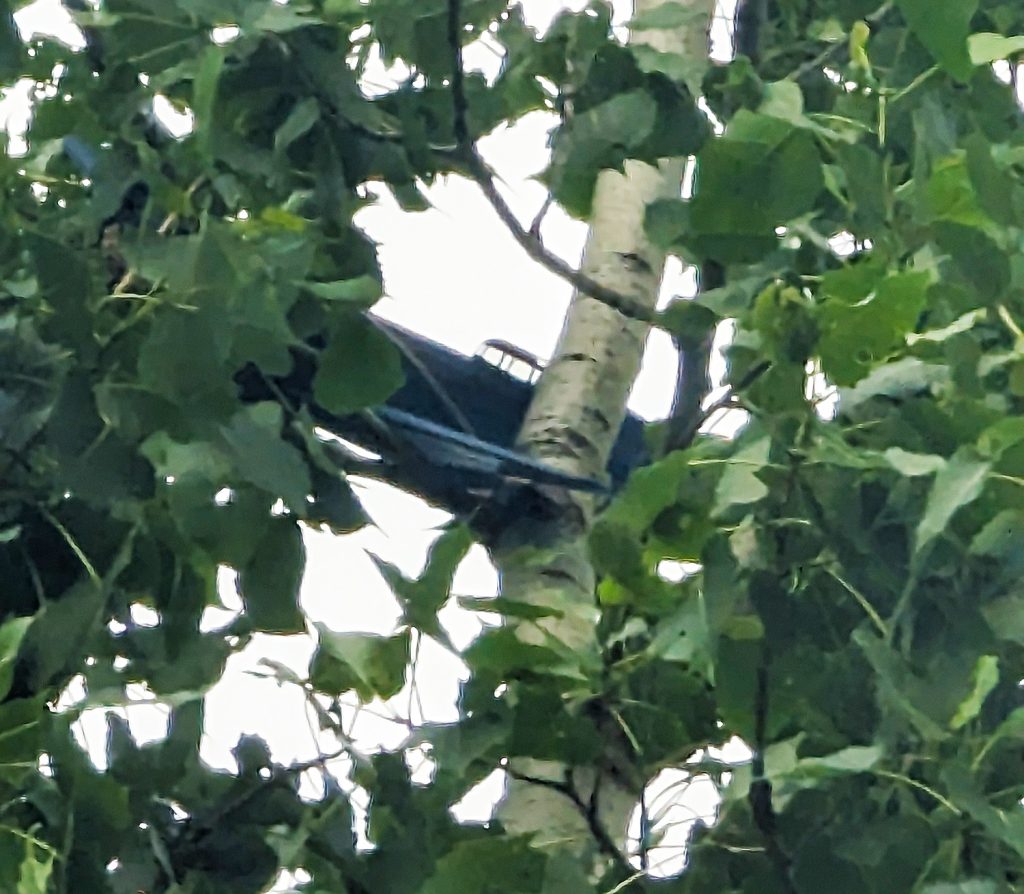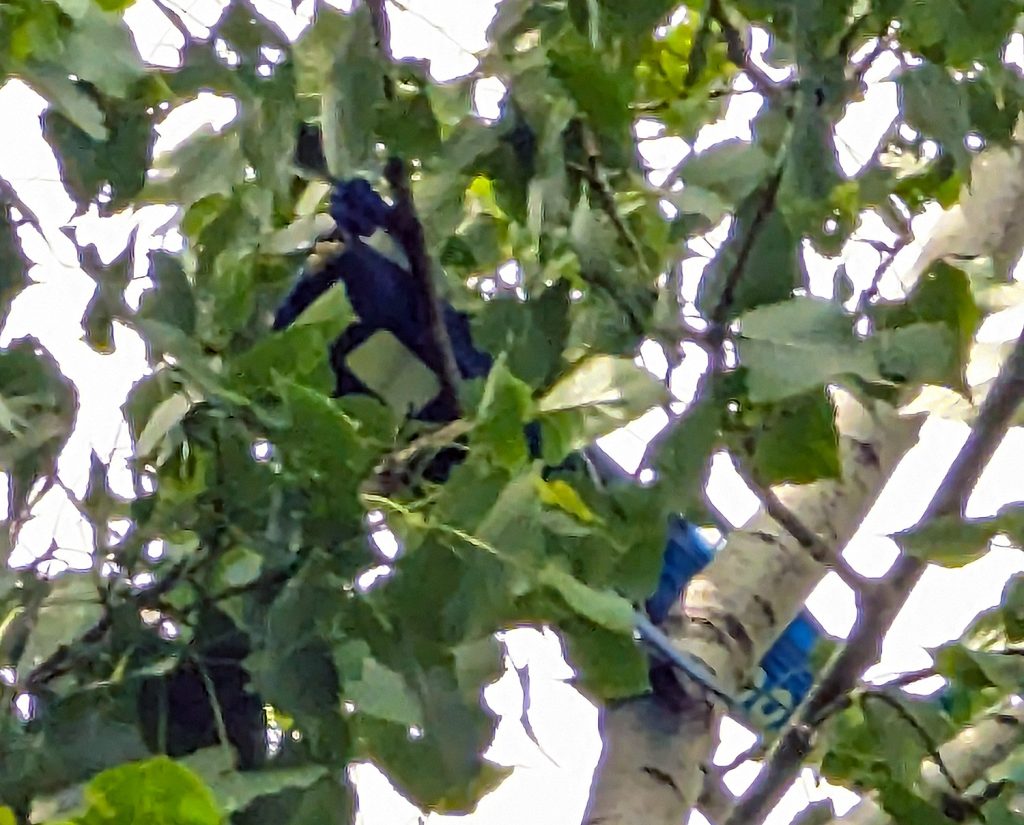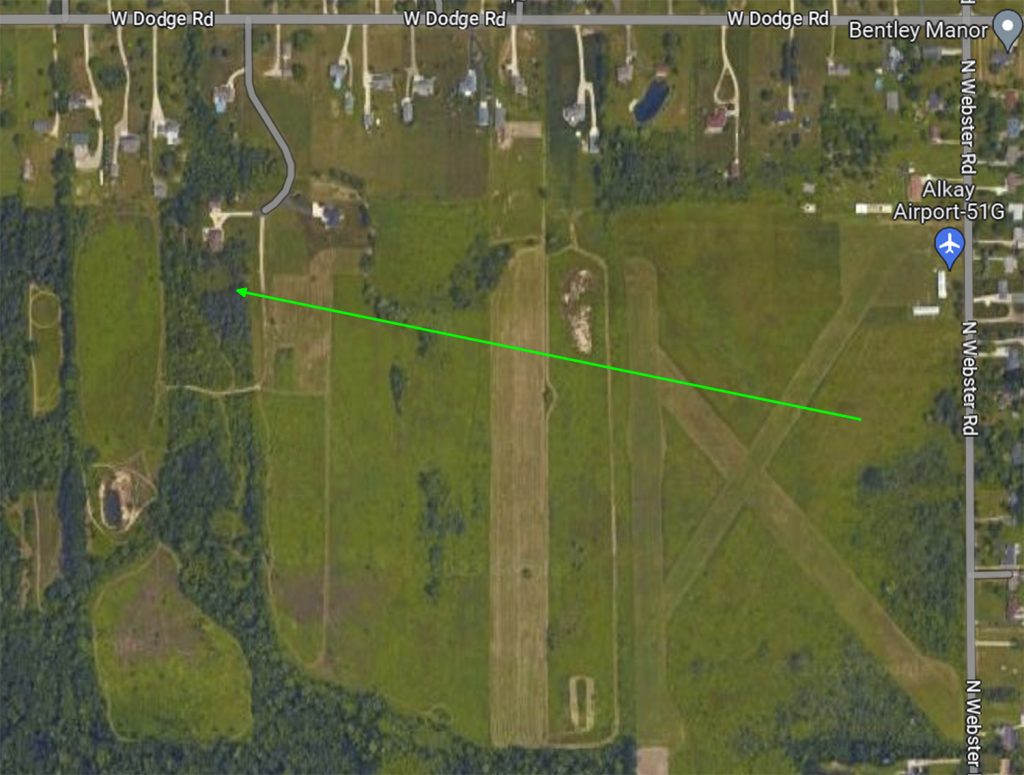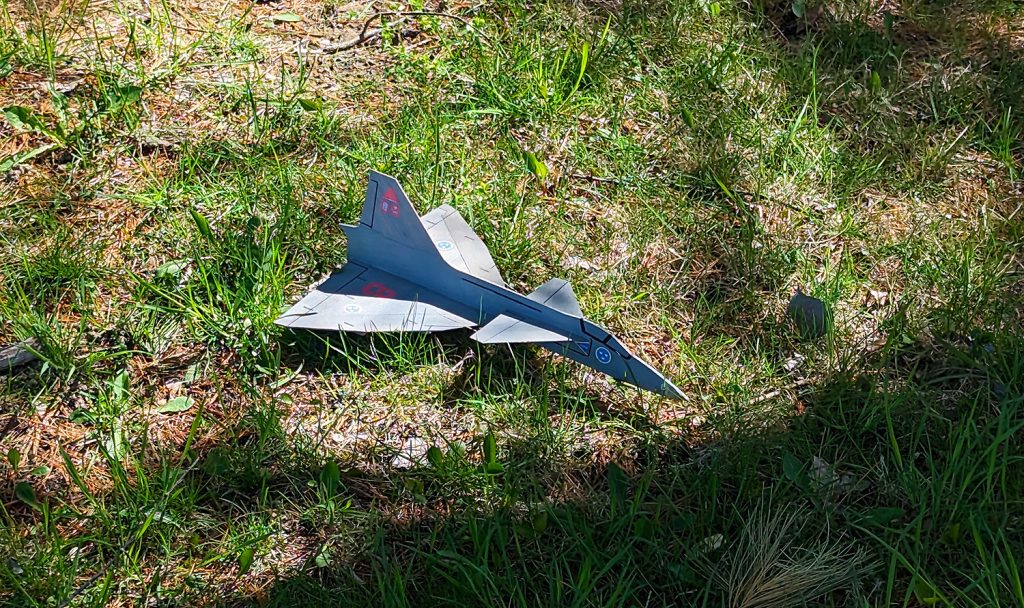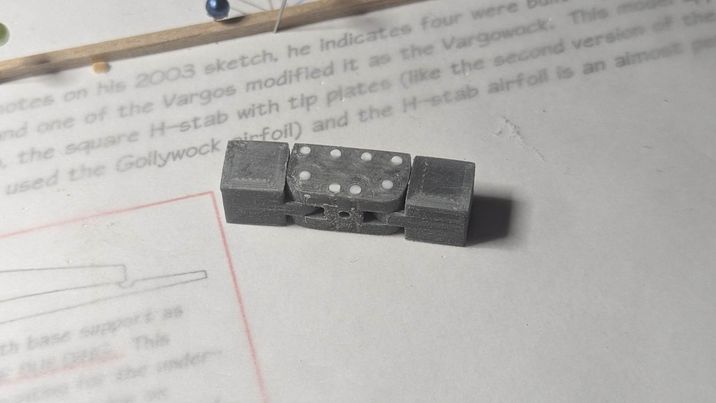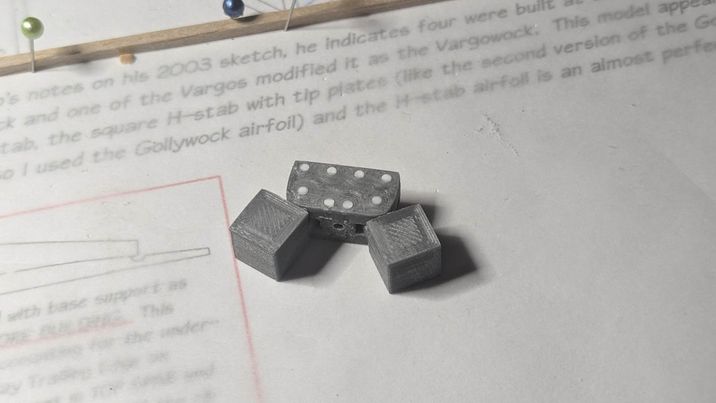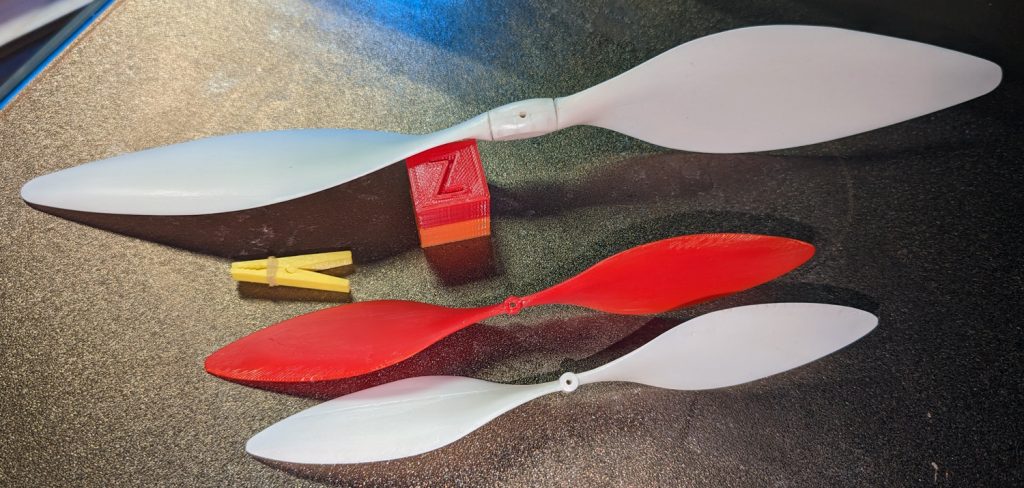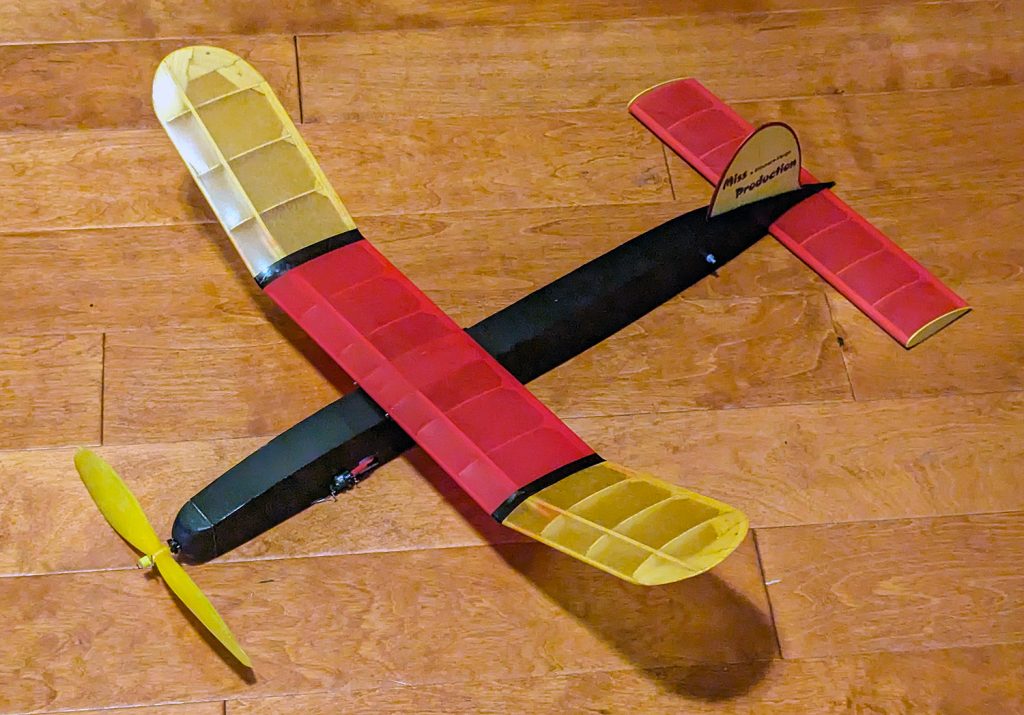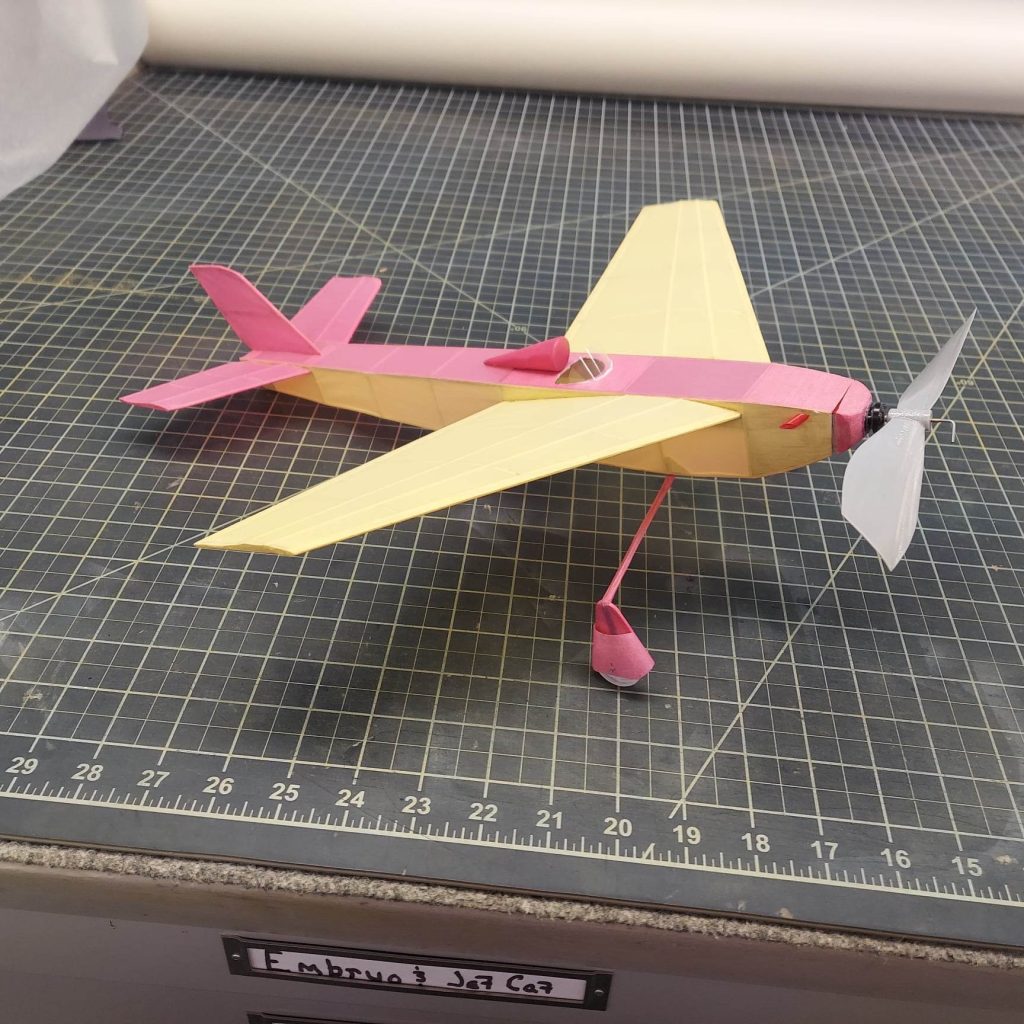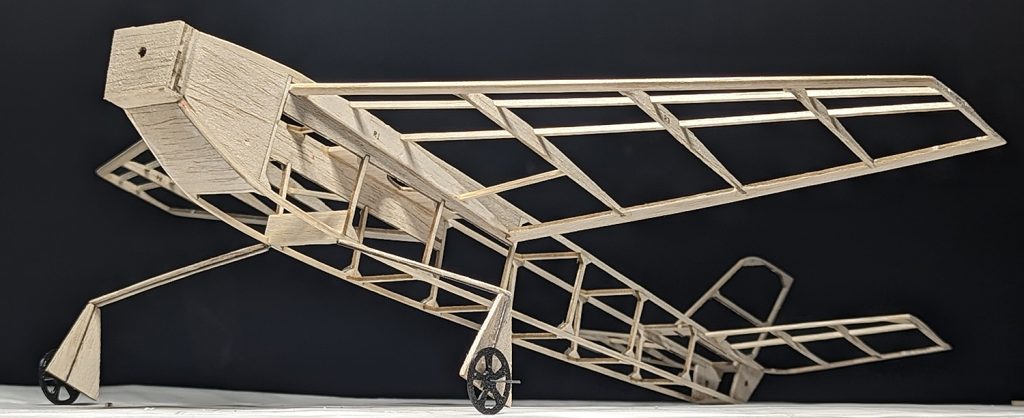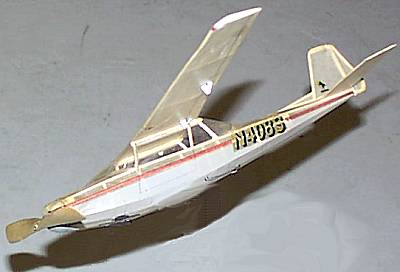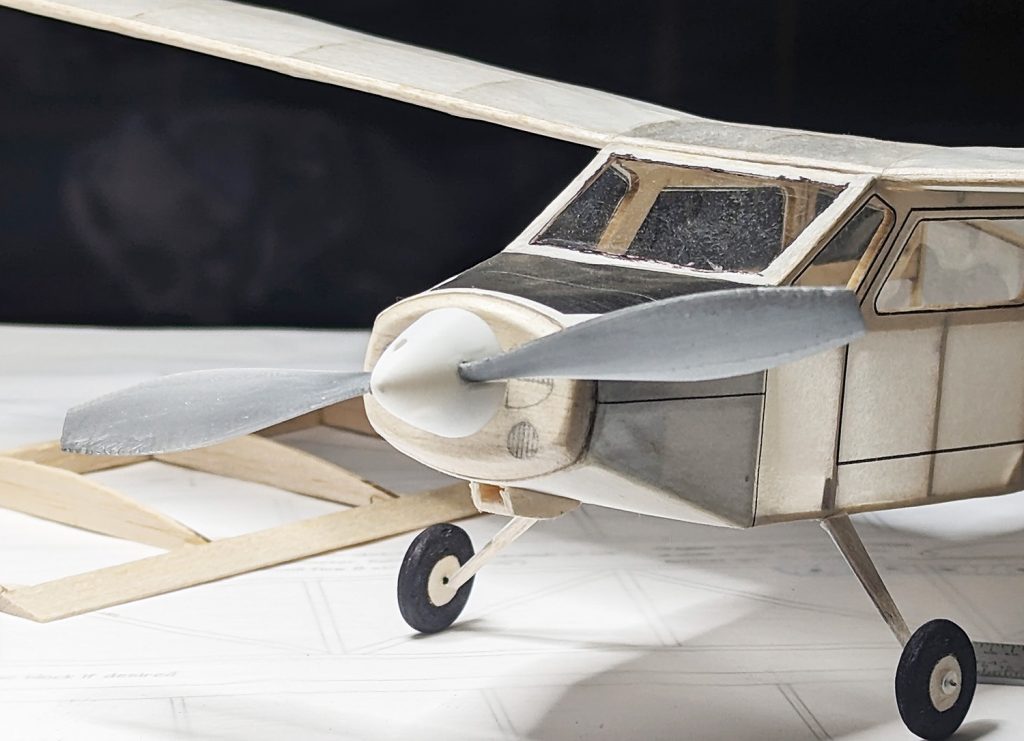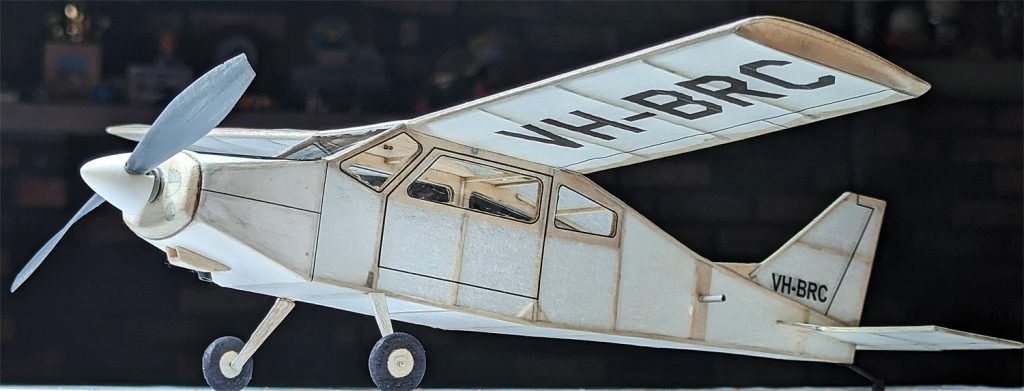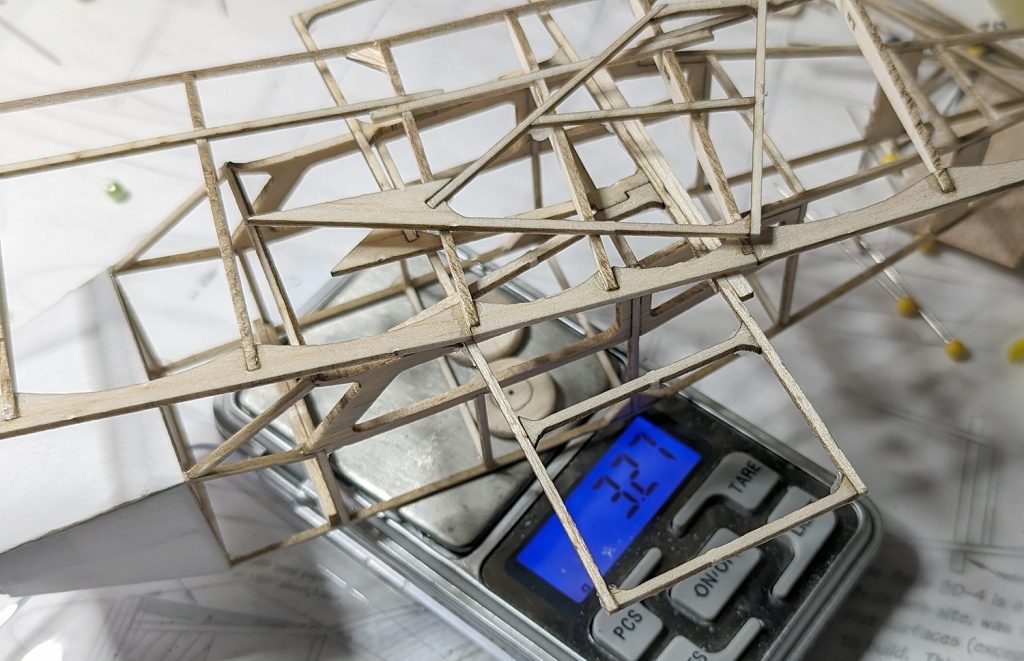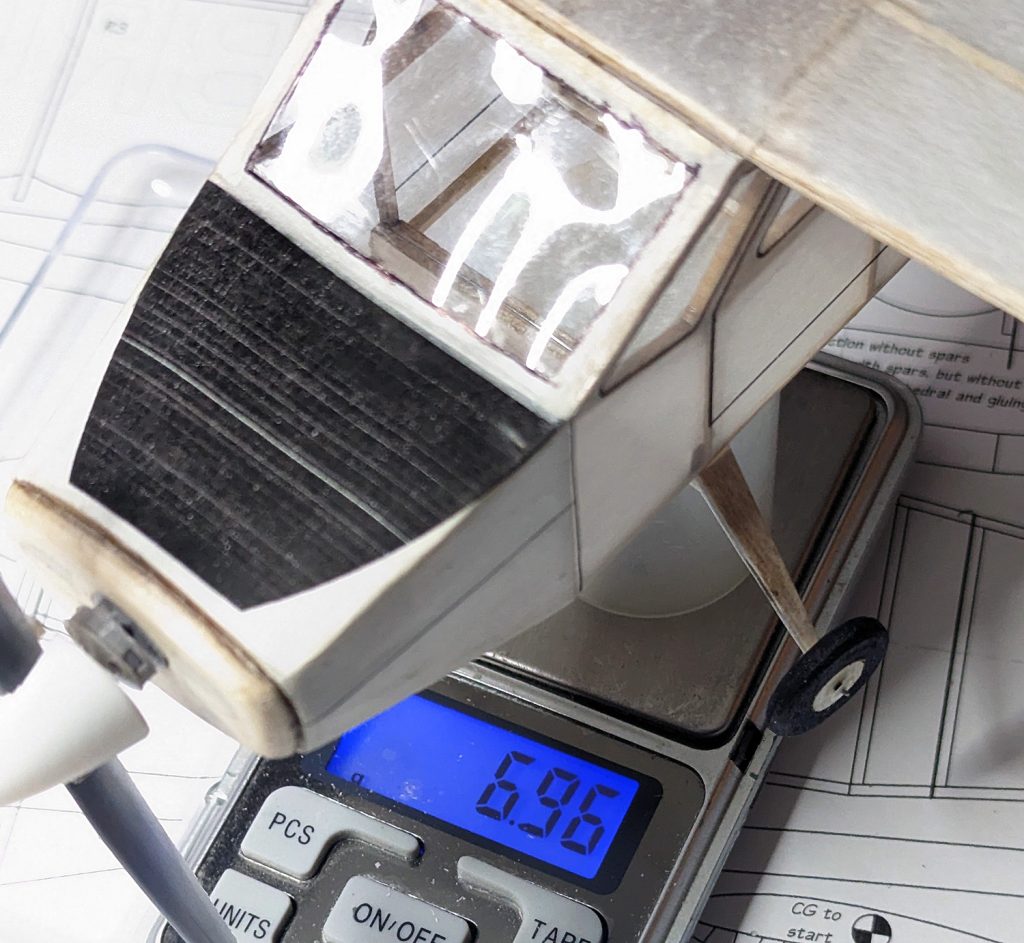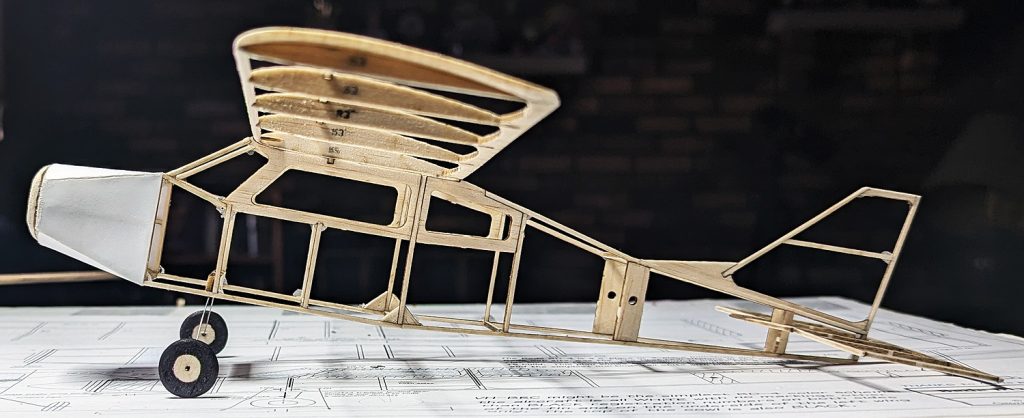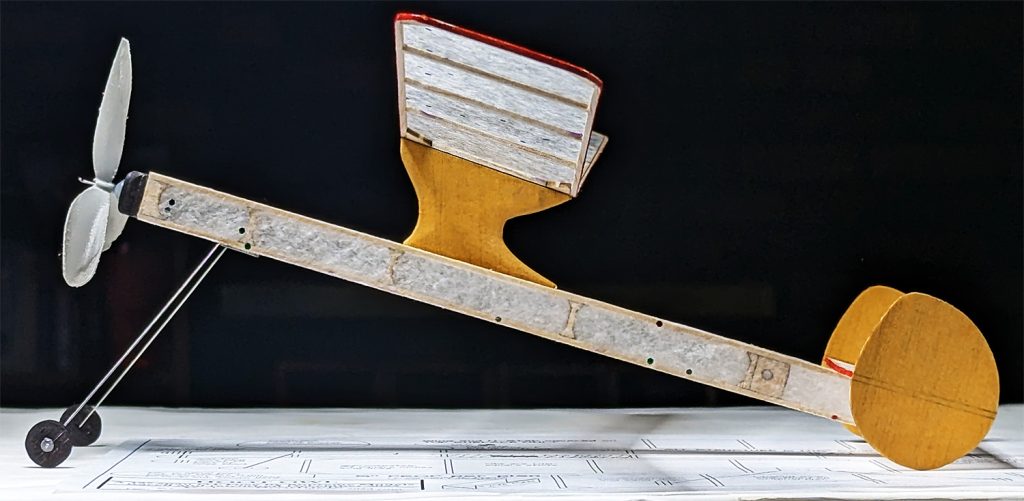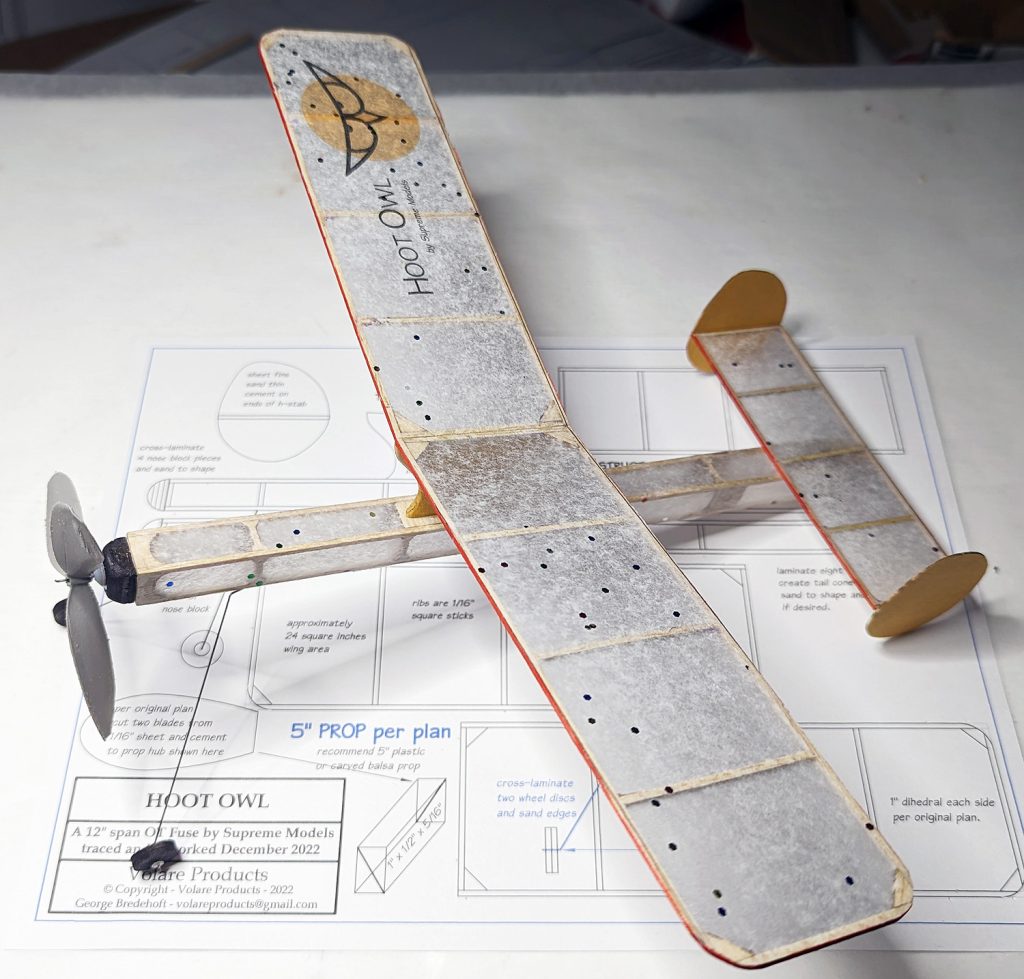My personal Contest experiences, with photos and a video.
Right after the FAC non-Nats in Geneseo, NY last week, we had the AMA Nats in Muncie, IN this week. That makes for a busy and tiring two weeks. EIGHT dedicated FACers made it to both events. Besides Pat Murray and I, Mark Rzadka (NY), Clete Schenkel (IN), Mike Smith (OH), FS Gilbert (NJ), Doug Griggs (MD), and Duncan McBride (FL) attended both events. Pat and I managed 16 FAC events under the NFFS management umbrella for the entire AMA Free Flight Nats. Most events were well-attended with about 10 or so contestants in Dime, OT Stick, Embryo, and Jet Cat. Three events could not award kanones: Scale Glider (two entries), Simplified Power Scale (one entry – but others flew – I don’t know why they didn’t get times recorded) and WWI (essentially cancelled due to wind).
Wednesday was a spectacular day with light breezes and plenty of sun – and a mysterious mid-day chuck where the the air “looked” good, but was nothing but down (that lasted for about 2 hours). Thursday and Friday were increasingly windy but generally nice days.
On the first day, I played with my Schweizer glider and placed first (out of two) with a best flight of 60 seconds. My Dime Scale Bird Dog placed third on the basis of a max fly-away deep into the corn where I chose to let the battered plane rest in peace. I tried twice to max out in OT Stick with the Holy Ike and the Miss Production, but this was in the “down air” time (which was verified by other Free Flighters on the other end of the field).
On the second day, I did triple-max in OT Fuselage and beat Pat Murray in a two-person fly-off. The windy conditions prevented others from achieving triple-maxes.
Friday, the third day, seemed to be destined for little action as the day started windy and it just kept blowing. People were likely to choose not to fly and some people even went home in the morning. Some of my Friday planes were broken on Thursday and I wasn’t going to chance my Jumbo twin Focke-Wulf 189 in the wind. I would put up some Peanut flights, because I’m not “that” scared of the wind – haha (Peanuts bounce much better than larger models).
I had brought my 30″ B-52 (single prop on the nose) along just to push it to the limits. It is battle-worn and on its last legs. I built it in 2017 and have never got it powered correctly as it just limps along and stalls out. The stalls cause damage on landing and, although it was designed with pop-off wings and motor pods, repeated rough landings were taking their toll.
As I prepared for a flight, I broke the motor winding. So I had to make one on the field. The old motor had been made of multiple loops of 3/16″ and I didn’t have any in my box, but I did have 3/32″. Sometimes, making motors on the field in not the best practice, even for me (they are now calling me “Field Motor Marshal” since I am seemingly always making motors on the field) and I got confused in the conversion from loops of 3/16″ to loops of 3/32″. I got the loops right but the length was way short.
During this motor making madness, I realized that 4 loops of 3/16″ is the same size motor that I use in all my OT Stick and Fuse models! I needed to wind ti to the same torque values that I do in those events. I installed the short motor and wound it to “5” on my winder with is about 20 inch-ounces. I walked out into the clearing and faced the wind and gave it a nice level launch. Oh wow – the thing went up flat and fast – so much better than ever before! It got sky-high but the motor ran out – but it glided down to a nice soft landing 36 seconds after launch.
Being the smart guy I am, I immediately dug out my Hep Cat and took the (longer) motor out and put it in the B-52 and wound it up. I noted that one of the 6 loops of 1/8″ was broken, but that was ok with me – I wasn’t going up to max torque (“6”) so this motor would do just fine. I wound it and got about 1200 turns (previous short motor flight was about 700) – this was going to cruise nicely.
Again, I launched into the wind and the climb-out was fantastic. It got way-high again. The speed, etc. caused one of my slip-in jet pods to fall off early in the flight (after the flight, Tony Ross virtually walked right out and found the stray pod!) As the big bomber came around into the wind, something upset it – it did a slight nose up and it descended in a high-speed vertical dive from altitude. This ended the future of this model. You can watch a not-very-good video here:
Peanut was another story. I entered my trusty Corsair, but apparently it doesn’t like the wind and failed to make any impressive flights and Pat Murray was winning with his little Fairchild. FAC Rules allow for a second model, but I had to choose which one. I tested my Aircraft Design Stallion but it was rocky and unstable in the wind. I then went with my BD-4. It has a much larger wing and behaved much better, but still I tweaked it a little. I wound about 2500 turns into the 1/16″ motor and walked out to a launch site and waited.
Pat waits often, checking for thermals. I didn’t use any electronic aides, but was just trying to feel the air – in that stiff breeze. I told Pat (timing) “I don’t know if this is good or not, but I am going” and launched it. The model dutifully climbed up circling and eventually found to lift. It went higher and higher and farther down field and I chased it on the bike. Finally, it started severe porpoising, like the motor came off the prop shaft and went to the back causing a tail-heavy condition. That was probably a good thing, as the 7-gram model eventually fluttered out of the thermal and down to the ground – at 2:54 – a max.
Maxes are hard to get in these conditions and I was feeling a little confident. Pat got out his second model and was going to fly it. I had judged his Witt’s V racer and we had the same scale scores – he would have had more, but he didn’t have a spinner (!) Still, he would need a max to tie me and, while the plane had maxed before, it would be hard in the wind. I noted that he was struggling to get good times and went off to talk to someone else. When I turned around, two guys in the pit area were looking far afield with binoculars. Pat had maxed (about 4 minutes) but they felt he lost the little green and yellow model deep into the corn – or farther. Uh-oh, he maxed and we were tied.
Pat returned WITH his model! It had gone very far to the south, past the corn field, past the airport (!) and Pat, by a stroke of luck, saw it come down!
Neither of us wanted to fly again for fear of losing our models, so we decided to throw our fates to chance and agree to flip a coin. Rick Pendzick has made some FAC coins for just such a purpose and Pat had one (the loser of the coin flip get the FAC coin as a consolation prize). He let me call the toss. Ugh.
This coin toss not only meant a Kanone in the FAC, but the winner of Peanut Scale at the AMA Nats gets their name engraved on the Walt Mooney Perpetual Trophy that is kept in the AMA Museum! I had won this event at the AMA Nats in 2012, 2013, 2014, 2015, and 2016, but had been shut out since then. I wanted my name back on that trophy, but now it was out of my hands. Mark Rzadka had the coin and told me to call it in the air. I called “heads”…

Pat Murray and I – with the FAC Coin – all smiles BEFORE the coin toss to determine the AMA Nats winner in Peanut Scale.

